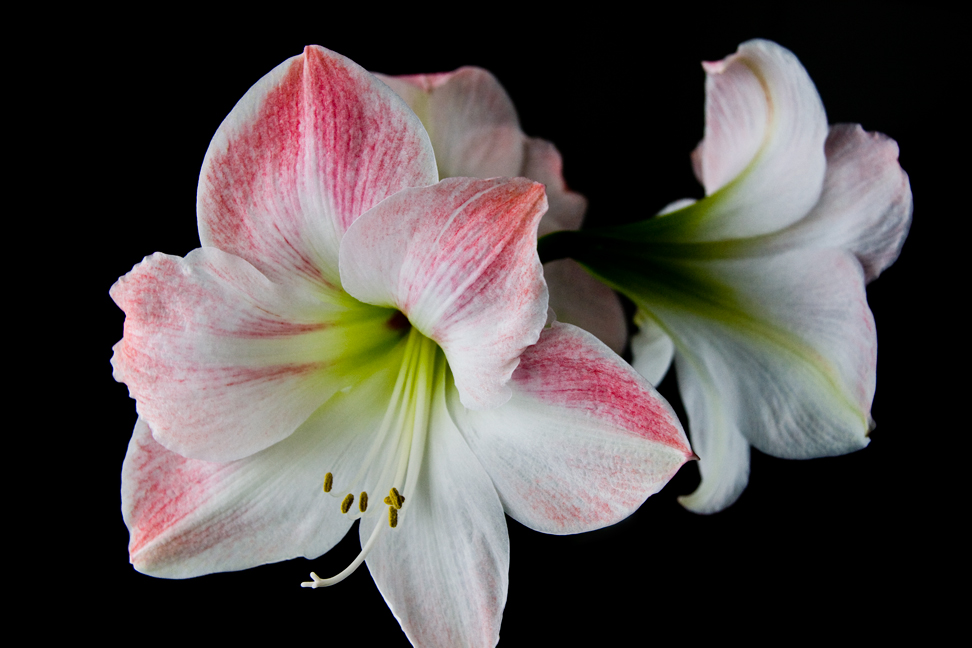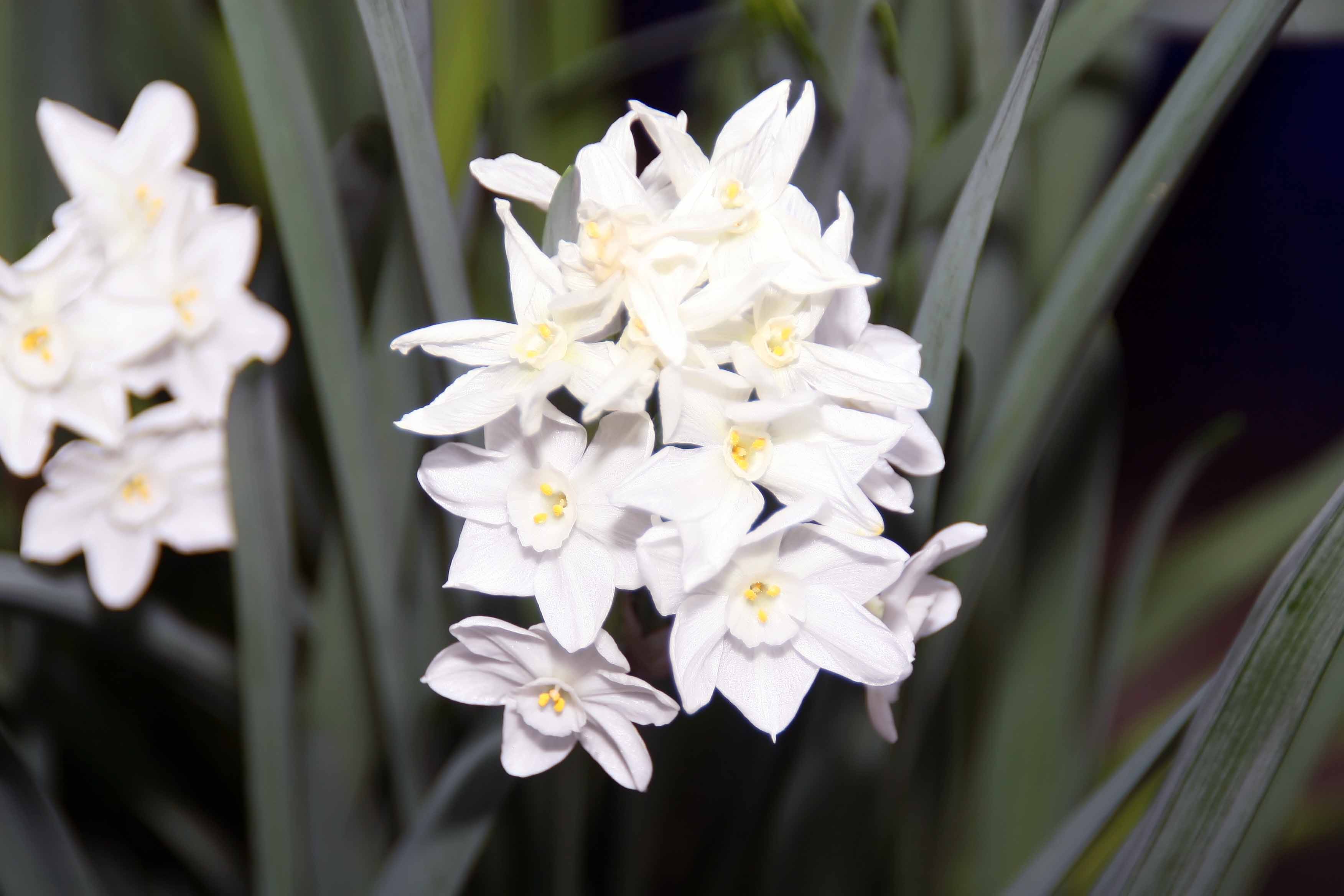
I’m always happy to get amaryllis bulbs as Christmas gifts. In January and February, when there’s not much a Midwesterner can do in the way of gardening, it’s a joy to have something to water. It’s even more joyful to see the first green sprouts.
Paperwhite narcissus bulbs are another popular gift. So are bulb gardens planted with daffodils, tulips and hyacinths, intended for forcing indoors. They’re all delightful, until the flowers are done. What then? Can these bulbs be saved to bloom again?
It’s tricky. Although they’re all bulbs, these plants evolved in very different habitats. They also have been through an ordeal that no plant evolved for—being forced into bloom indoors in the middle of winter.
Paperwhite bulbs aren’t worth saving once they’ve finished flowering. They will have been exhausted by forcing, usually in a shallow dish of water and pebbles. In nature, after blooming, the plants would start building a new bulb underground for next year’s bloom. They can’t do that in water, and they can’t do it inside a house or apartment, where there isn’t anywhere near enough light for such an energy-intensive process.
They can’t go outdoors, either, at least not where I live. Paperwhites (Narcissus papyraceus) are a semi-tropical species from the southern Mediterranean, and although they can be grown outdoors in places like East Texas and Louisiana, they most certainly would not survive in the ground in Chicago. So, paperwhites, rest in peace in the compost pile.
What about hardy bulbs in a colorful potted bulb garden? Tulips, daffodils and hyacinths will all survive the winter in Chicago. Is it worth replanting those gift bulbs outside?
Well, maybe, but not right away. At the time they finish blooming indoors, in about March, the plants will be way ahead of their natural schedule. The ground in my garden will be just starting to thaw. Meanwhile, the forced plants will have reached a stage that, in nature, they would not have reached until May. They would never survive the shock of transplanting directly from a 70-degree room into cold outdoor soil and weather that still gets below freezing at night.
Of course it’s possible to keep the plants in the window or a conservatory until May and then transplant them outside. However, they will have been so depleted by forcing and will be so out of sync with their normal growing cycle that they probably won’t recover and bloom again for two or three years, if at all.
I’ve done it, just because. I may have gotten a handful of blooms—it was hard to tell, after a couple of years. I wouldn’t bother doing it again. I like to plant hardy spring-blooming bulbs in fall, at the time that suits their natural growing cycle.
Amaryllis, on the other hand, can repay a little effort. The ones we grow for their big, dramatic blooms are hybrids of Amaryllis hippeastrum, a South American species. They need warm temperatures and can live with less than full sun.
I’ve kept amaryllis and gotten them to rebloom for a couple of years, although it does take some planning. The trick is to let the plant go through its natural life cycle: a time of growing and rebuilding its resources after blooming, a period of resting dormancy, and then new growth and flowering.

Dormancy is key: Unless an amaryllis bulb has been dormant, it won’t bloom. That’s why we give dormant bulbs as gifts.
Here’s how: After the big flowers start to wither, cut off the flower stalk at the top of the bulb, but leave the big, straplike leaves. Keep the plant in the window or in a conservatory, turning it occasionally to even out the light exposure. Continue watering it and using a water-soluble fertilizer at about half the strength suggested on the label.
When the weather is reliably warm—mid-May in Chicago–take the plant outdoors to a shaded location, such as under a tree. I like to place it among ferns, where its wide leaves make a nice contrast.
In early August, stop watering the plant and take it indoors to a dark, dry place for several weeks. Let the plant and soil dry out thoroughly, so the leaves turn brown and shrivel up.
About eight weeks before you want it to bloom again, trim off the shriveled leaves and repot the bulb in fresh potting mix. Place it in bright, indirect sun indoors and start watering again, with half-strength fertilizer. In time, a new shoot should appear, and then a new flower bud and a new bloom.


